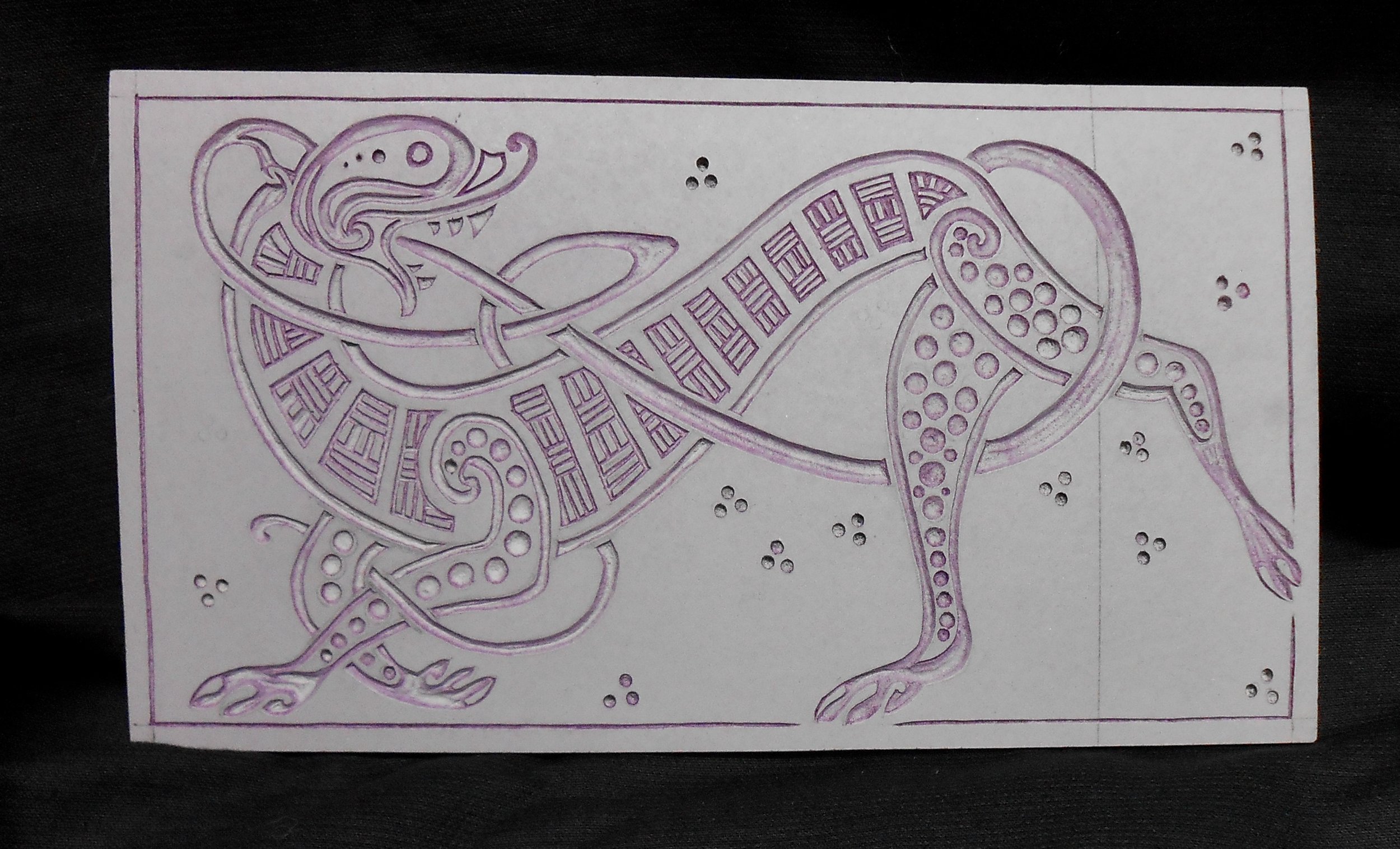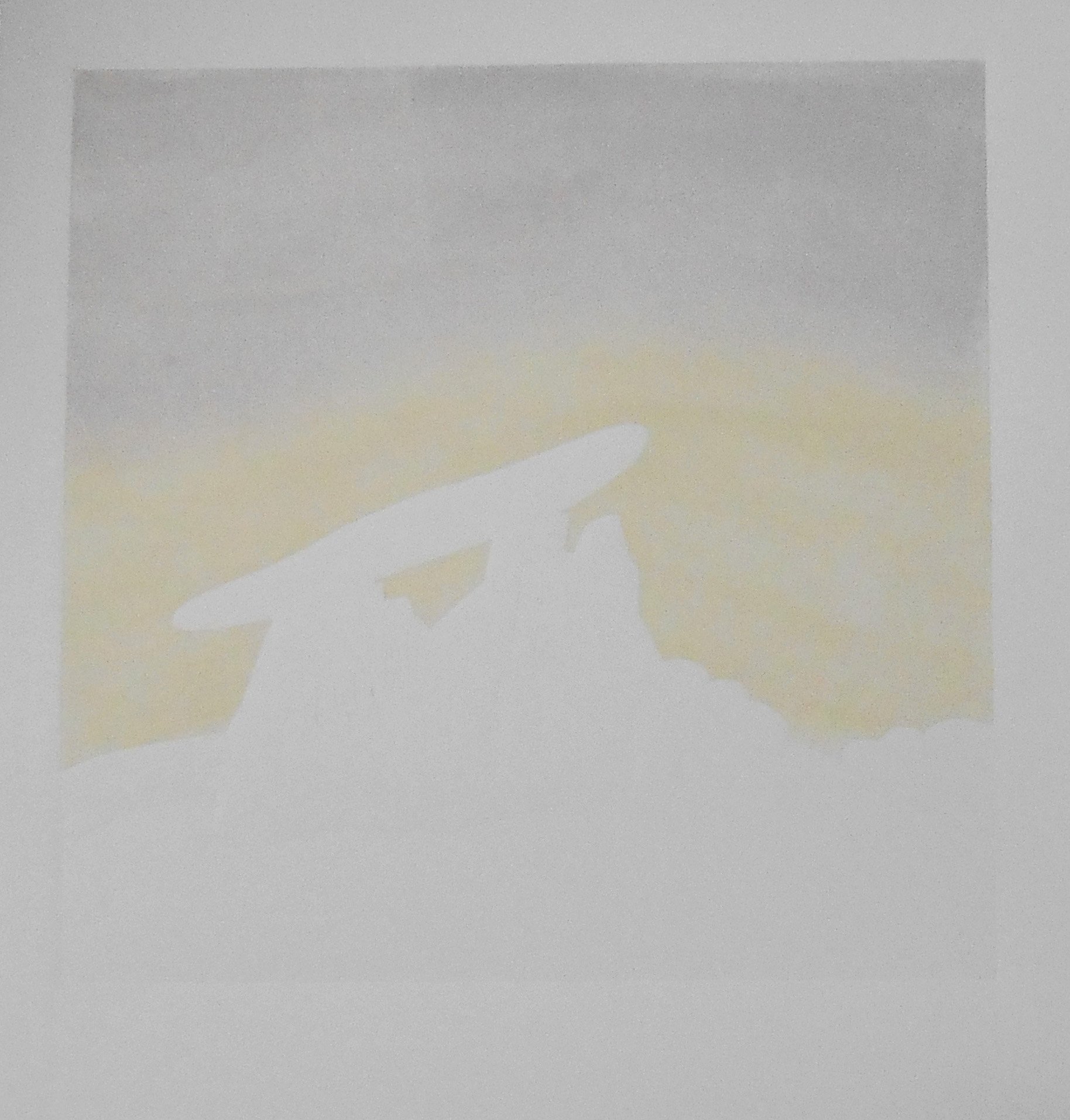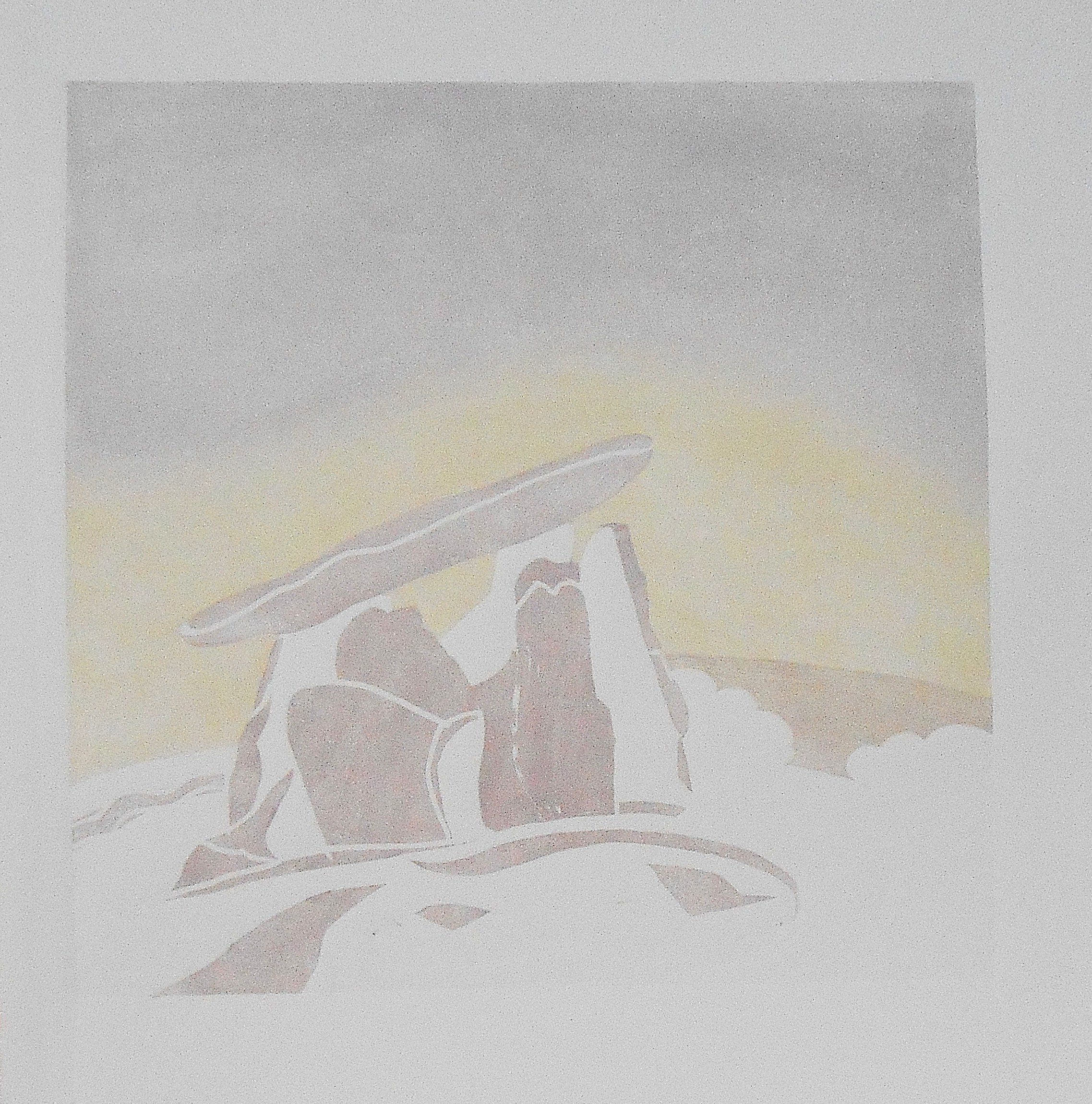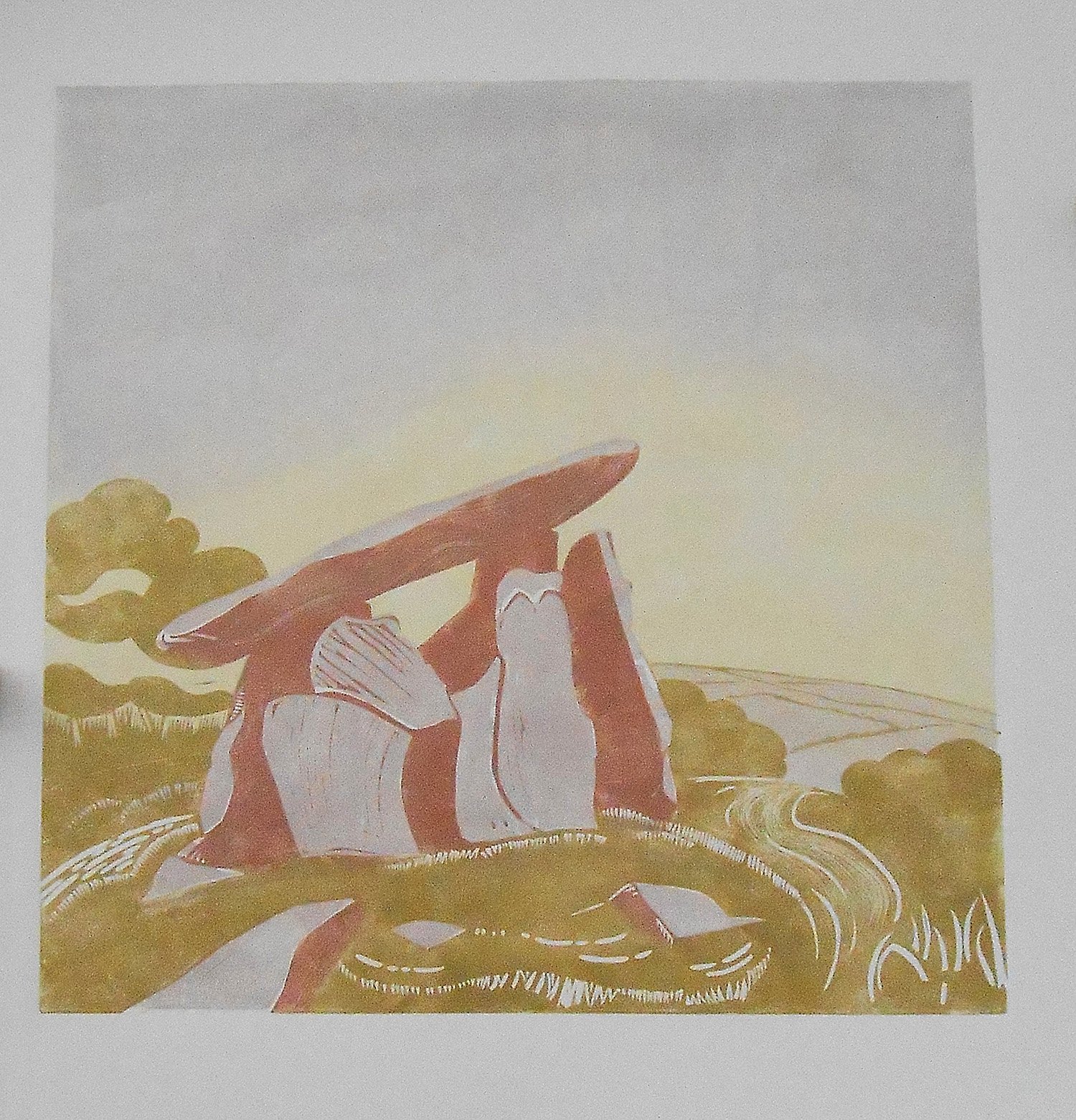5 things you may not know about lino printing
1. Ingredients
Did you know that linoleum (lino) was originally created as a flooring material in the mid 1800’s by Frederick Walton? He patented the composition of the material in 1860. Today, artists grade linoleum consists of the following:
. Linseed Oil
. Natural rosin
. Wood Flour
. Limestone
. Jute backing
2. History
Once artists had got bored with covering their kitchen floor with lino, they discovered that you could also use it to carve marks, roll ink and take prints from (presumably they took it up first) Some of the earliest linocuts appeared in the 1890’s as they experimented with alternatives to woodcuts.
3. Artists who have made linocuts
Lots! But here are a few to whet your appetite:
. Vasily Kandinsky - ‘The Mirror’ - 1907
. Any of The Grosvenor School artists: -
e.g., Claude Flight, Cyril Power and Sybil Andrews - C1920’s
. Henri Matisse - ‘Primavera’ -1938
. Edward Bawden - ‘The Royal Pavillion’ 1956
. Pablo Picasso - ‘Still Life under Lamps’ - 1962
4. Everything is backwards!
Not a comment on life! But a fact of life for printmakers. When we printmakers carve our images onto their lino, we must reverse everything so that when we print stuff it comes out the right way round. This is especially important with text.
This is the carved block for my hand printed Celtic Dog greetings card, shown below.
5. Many blocks make light work
Well, not really, but if you want to make images involving lots of different colours, then you’ll need more than one block.
Most of my linocuts involve the use of multiple blocks (typically 4-6) onto which I will try to cram all the different colours. Each block will be printed one at a time to build up the image in stages. (See the In the Studio page on this website for a fuller description of my printmaking process)
The images below show the four stages of my linocut print “The Sentinel”.






